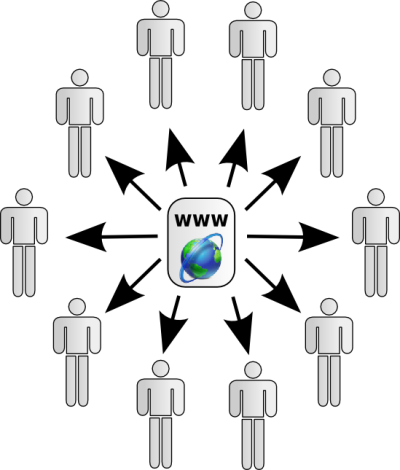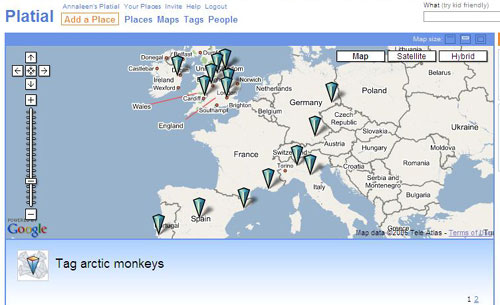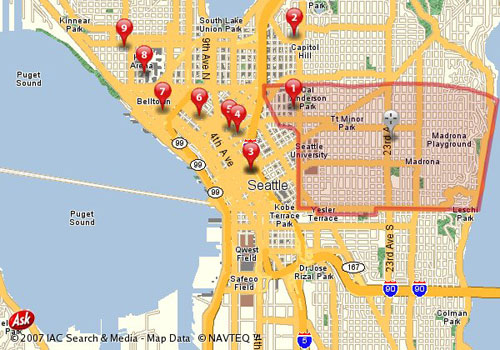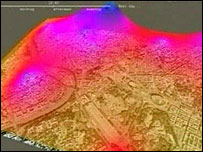Table of Contents for the Routledge Companion to Remix Studies Available
We have now turned in the manuscript of The Routledge Companion to Remix Studies, and can release the Table of Contents. The reader is due for release around December 14, 2014. The TOC is below:
Introduction Eduardo Navas, Owen Gallagher, xtine burrough
Part I: History
1. “Remix and the Dialogic Engine of Culture: A Model for Generative Combinatoriality” Martin Irvine
2. “A Rhetoric of Remix” Scott H. Church
3. “Good Artists Copy; Great Artists Steal: Reflections on Cut-Copy-Paste Culture” Stefan Sonvilla-Weiss
4. “Toward a Remix Culture: An Existential Perspective” Vito Campanelli
5. “An Oral History of Sampling: From Turntables to Mashups” Kembrew McLeod
6. “Can I Borrow Your Proper Name? Remixing Signatures and the Contemporary Author” Cicero da Silva
7. The Extended Remix: Rhetoric and history Margie Borschke
8. “Culture and Remix: A Theory on Cultural Sublation” Eduardo Navas
Part II: Aesthetics
9. “Remix Strategies in Social Media” Lev Manovich
10. “Remixing Movies and Trailers Before and After the Digital Age” Nicola Maria Dusi
11. “Remixing the Plague of Images: Video Art from Latin America in a Transnational Context” Erandy Vergara
12. “Race & Remix: The Aesthetics of Race in the Visual & Performing Arts” Tashima Thomas
13. “Digital Poetics and Remix Culture: From the Artisanal Image to the Immaterial Image” Monica Tavares
14. “The End of an Aura: Nostalgia, Memory, and the Haunting of Hip-hop” Roy Christopher
15. “Appropriation is Activism” Byron Russell
Part III: Ethics
16. “The Emerging Ethics of Networked Culture” Aram Sinnreich
17. “The Panopticon of Ethical Video Remix Practice” Mette Birk
18. “Cutting Scholarship Together/Apart: Rethinking the Political-Economy of Scholarly Book Publishing” Janneke Adema
19. “Copyright and Fair Use in Remix: From Alarmism to Action” Patricia Aufderheide
20. “I Thought I Made A Vid, But Then You Told Me That I Didn’t: Aesthetics and Boundary Work in the Fan Vidding Community” Katharina Freund
21. “Peeling The Layers of the Onion: Authorship in Mashup and Remix Cultures” John Logie
22. “remixthecontext (a theoretical fiction)” Mark Amerika
Part IV: Politics
23. “A Capital Remix” Rachel O’Dwyer
24. “Remix Practices and Activism: A Semiotic Analysis of Creative Dissent” Paolo Peverini
25. “Political Remix Video as a Vernacular Discourse” Olivia Conti
26. “Locative Media as Remix” Conor McGarrigle
27. “The Politics of John Lennon’s “Imagine”: Contextualizing the Roles of Mashups and New Media in Political Protest” J. Meryl Krieger
28. “Détournement as a Premise of the Remix from Political, Aesthetic, and Technical Perspectives” Nadine Wanono
29. “The New Polymath (Remixing Knowledge)” Rachel Falconer
Part V: Practice
30. “Crises of Meaning in Communities of Creative Appropriation: A Case Study of the 2010 RE/Mixed Media Festival” Tom Tenney
31. “Of ‘REAPPROPRIATIONS'” Gustavo Romano
32. “Aesthetics of Remix: Networked Interactive Objects and Interface Design” Jonah Brucker-Cohen
33. “Reflections on the Amen Break: A Continued History, an Unsettled Ethics” Nate Harrison
34. “Going Crazy with Remix: A Classroom Study by Practice via Lenz v. Universal” xtine burrough and Dr. Emily Erickson
35. “A Remix Artist and Advocate” Desiree D’Alessandro
36. “Occupy / Band Aid Mashup: ‘Do They Know It’s Christmas?'” Owen Gallagher
37. “Remixing the Remix” Elisa Kreisinger
38. “A Fair(y) Use Tale” Eric Faden
39. “An Aesthetics of Deception in Political Remix Video” Diran Lyons
40. “Radical Remix: Manifestoon” Jesse Drew
41. “In Two Minds” Kevin Atherton















